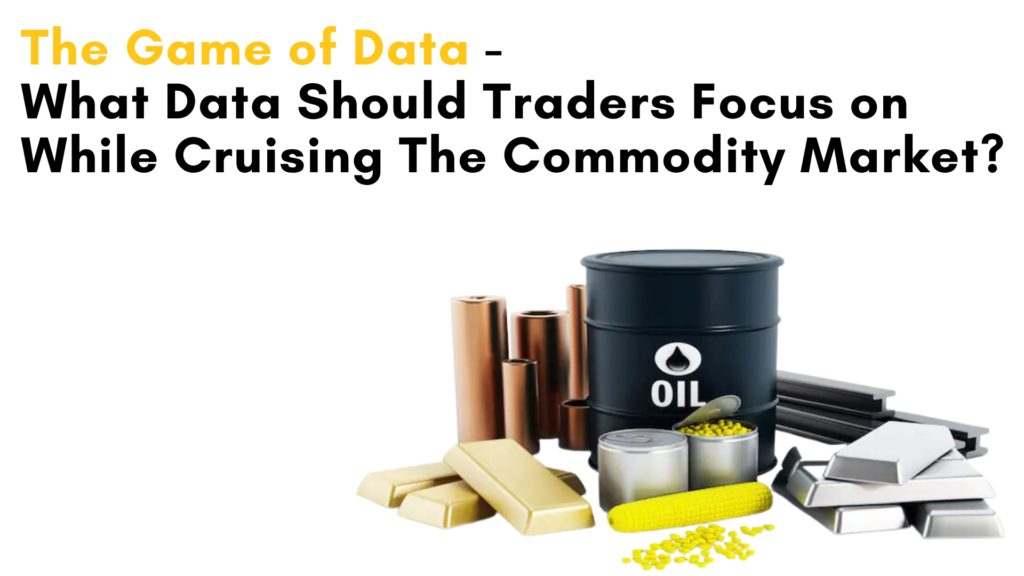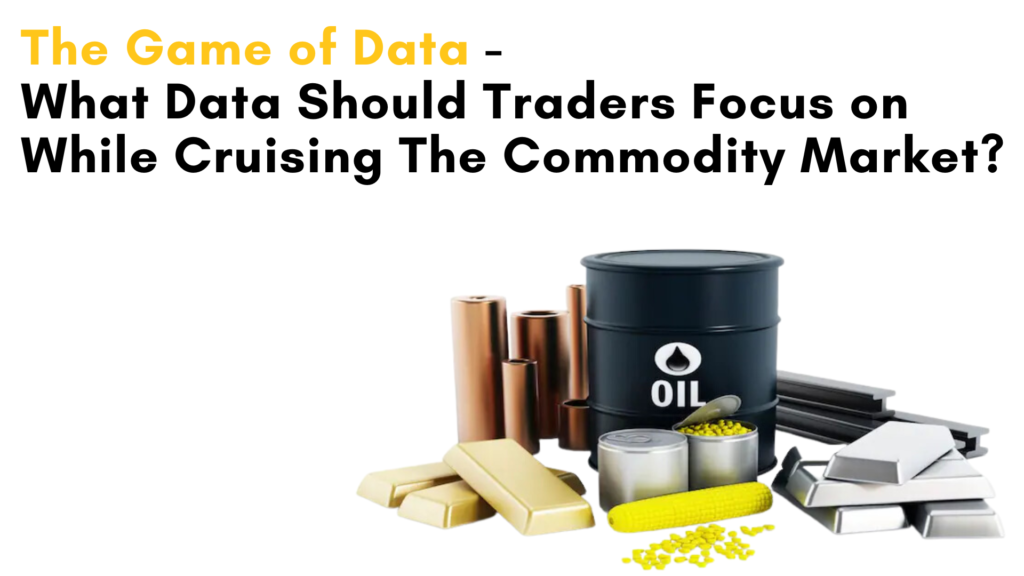
Trading is 49% of research, 50% of chart analysis and 1 % of luck.
Well, there is also an element of analyzing data that has to be taken into consideration. It is that integral figure that decides all that happens, especially in the commodity market.
The commodity market is not a complicated construct but understanding how it works is an integral part of succeeding in your trading journey.
In the Commodity market, your only ally is the data provided to you.
Data plays a crucial role as it directs the movements in the market and also shifts in prices of your commodity.
Through this blog, we’ll venture into the important data that traders will have to keep an eye on and the reaction, repercussions and impacts that these data present will be covered in the blog.
So without further adieu, let’s venture into the game of data in the commodity market!!
FOMC:
The Federal Reserve, usually known as the Fed, is the country’s central banking system and in charge of setting monetary policy in the United States.
Because any change in federal fund rates can impact a number of economic factors, including short-term interest rates, foreign exchange rates, long-term interest rates, employment output, and prices of goods and services, traders find FOMC meetings to be particularly volatile.
Press releases, speeches and other public appearances usually hold answers to the economic condition of a country which can affect commodities in the commodities market.
OPEC:
The Organization of the Petroleum Exporting Countries Plus (OPEC+) is an entity consisting of 13 OPEC members and 10 of the world’s major non-OPEC oil-exporting nations.
The OPEC meeting and conference collectively decide on how much oil is to be produced and this directly affects the ready supply of crude oil in the global market at any given time. OPEC+ subsequently exerts considerable influence over the global market price of oil and, understandably, tends to keep it relatively high to maximize profitability.
OPEC+ regulates the supply of oil to influence the price of the commodity on the world market. The organization can accomplish this by coordinating supply reductions when members feel prices are too high and supply expansions when members feel prices are too low.
Unemployment Claims:
Unemployment Claims or Jobless claims are reported weekly by the US Department of Labour and this detail usually counts people filing to receive unemployment insurance benefits. This is a good predictor of the economy’s health and the state of the labor market.
The unemployment figure triggers a dramatic market reaction. The market will frequently rise if initial claims for unemployment benefits are declining. If the initial jobless claims are up, the market may slump.
Crude Oil inventories:
Crude oil prices are always dynamic. The changes or reactions in the market are instantaneous.
Traders that doubt the demand for oil at the current price may sell their bets right away as oil stockpiles rise, which will result in a price decline.
When oil stockpiles fall, traders may do so in anticipation of rising demand, re-entering the market and driving up prices.
The crude oil inventory is an indicator that will inform traders of potential supply cuts or increase in supply too.
Natural gas Storage:
Natural gas storage is an indicator that is an estimate of working natural gas volumes held in underground storage facilities at the national and regional levels.
The weekly storage data program’s objective, according to the Energy Information Administration, is to offer weekly estimates of the amount of working gas in underground storage for the United States and five regions.
Similar to crude oil inventories, when Natural gas storage decreases, the demand increases and the price rises and vice versa.
Inflation Data:
Inflation is a phenomenon that persists in the economy when there is a rise in prices which results in the decline of purchasing power over time.
The consumer Price Index and Producer price index are 2 data or reports that indicate if inflation is on the rise in an economy or not.
Most of the inflation is accounted for by changes in consumer prices. Currency valuation depends on inflation since it influences interest rate increases by the central bank in accordance with its responsibility to limit inflation.
It serves as a precursor to consumer inflation since when businesses raise the cost of their products, the increased costs are typically passed on to the customer.
Commodities are always safe haven currencies because, in the event of inflation, traders can hedge them against them. Hence, this is also important data to be focused on.
Conclusion:
Now you know the basics of what data to focus on in the Commodity market.
We’ll be back with more info very soon.
While we prepare the next set of blogs take your first step into the market today!!
So until next time, Happy Trading!!
Commodity Samachar
Learn and Trade with Ease

